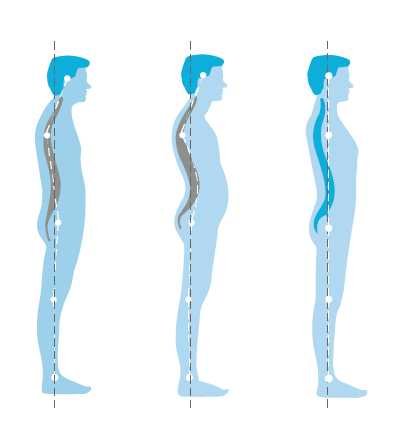Posture and positioning are two of the main things that you can do to control your pain and symptoms best.
Read on to learn more about how positioning and posture can help you manage your alignment and symptoms.
Better position equals less strain
An important thing to keep in mind is that the better your position is, the less strain there is on the muscles that are holding you up. Better position also means less force through your joints.
Gravity is continually working against us. The better your posture, the more you keep things straight, the easier it is, and the less energy it takes for you to stay upright.
Better posture equals less muscle spasms
The straighter you are, the better your posture, the firmer flatter the surface you are on, the easier for you to stay upright.
The farther your head moves in front of your body, the harder those little muscles in your neck and the big ones connected to your shoulders have to work to keep your head up. When they can’t keep up, one of the warning signs is a muscle spasm.
Along with less strain and muscle spasms, good posture can improve other things as well. These improvements can include improved mood, decreased pain, improved breathing, and ease of movement.
The curves in your back work together like a spring to absorb the forces on your body when standing, sitting, and walking.
A healthy back has three natural curves, and good posture helps keep these natural curves:
-
An inward curve at the neck
-
An outward curve at the upper back
-
An inward curve at the lower back
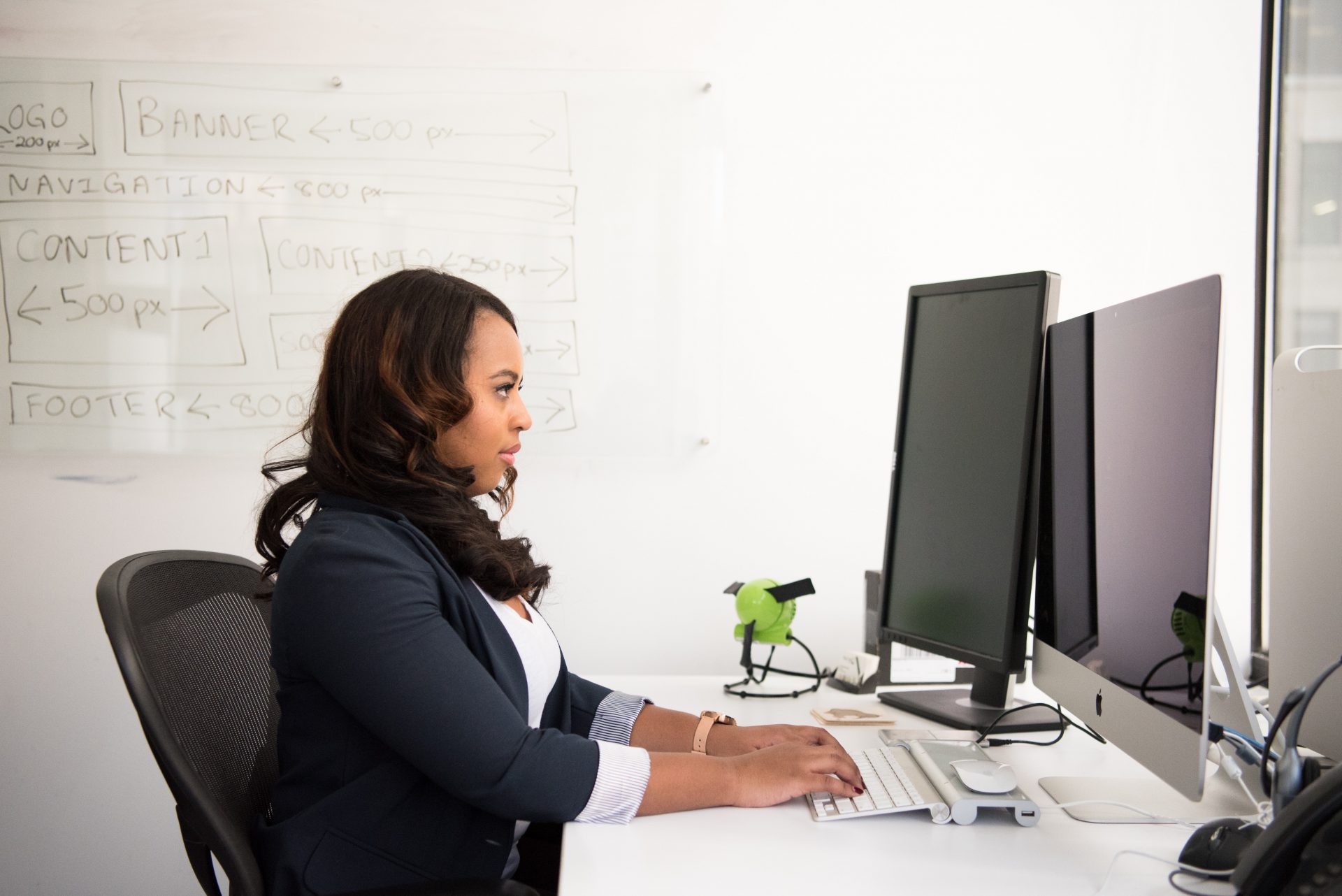
The importance of good posture and technique
Good posture
Almost everyone that I know will gladly admit that they should use better posture, but don’t necessarily know what “good posture” really means.
Good posture and positioning requires three things:
- The ability to get to straight,
- Knowing where straight is and,
- The strength to hold it there.
To be able to “get to straight.” Have you ever checked to see if you can “get to straight?”
- Try standing with your back flat on the wall and feet 12 inches away from the wall.
- Place your low back on the wall and roll your spine up the wall and then pull your head straight back until it touches the wall, but don’t let your low back come away from the wall.
- You can’t arch your back to get your head to the wall.
- Hold this position, feel how you have to activate muscles to hold 1 area while you move another, and how they have to work together.
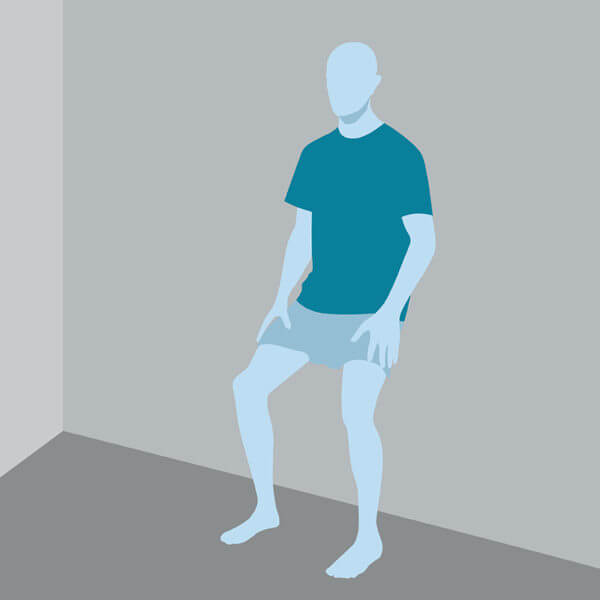
Know where “straight” is
With posture and positioning, knowing where straight is and where we think it is are not always the same place. Now, as you step off the wall, you want to:
- Stand with weight evenly on both feet and centered in the foot, not forward on the toes or back on the heels, and NOT on the outside edges of your feet.
- Tilt your pelvis forward and back until you find what we call neutral. This should be the position where there is a curve in your low back and the hip bones on the front are just below the hip bones in the back
- Your hips should now be over your ankles, and you should have a small curve in your low back
- Your shoulders should be directly over your hips
- Rotate your arms, so your palms are facing forward, you should feel your shoulder blades move closer together
- Chin back and your ears directly over your shoulders. Think of growing taller like a string is pulling up on the top of your head but keep your chin level
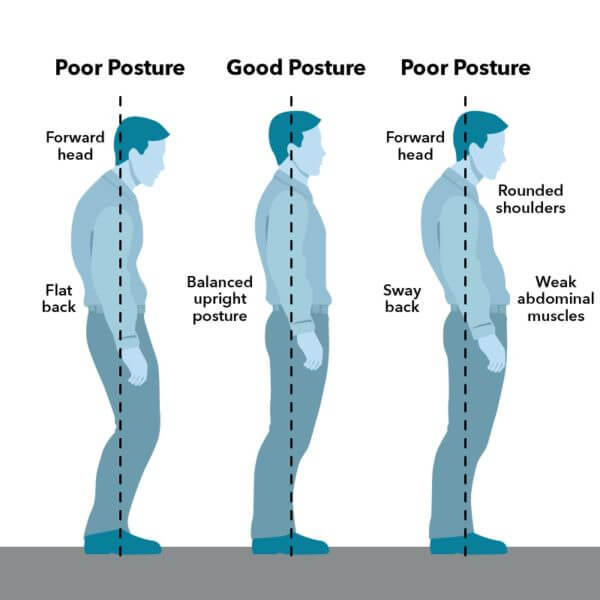
Have the strength to hold your posture and positioning
Getting to straight is one thing, holding that position for the next 8-12 hours is entirely another:
- How long can you stay here? Hold this position and walk
- Every time you stand up out of a chair, try to stand with good posture initially. This way, you will keep coming back to it, and it will become your standard, and you will gradually build strength.
- Strength exercises also help to use these weak muscles.
Standing posture and positioning
- Your shoulders should be directly over your hips.
- Your ears should be directly over your shoulders.
Sitting posture and positioning
Proper sitting posture is essential because we often sit for a significant portion of our day. Especially if you use a computer or drive frequently.
Keep in mind, individuals with hypermobility will often tend to reverse the normal curves of their back with regularity. This includes extending through their upper back and rounding through the lower back.
This can affect how the shoulders and hips are used and tends to cause significant pain. For that reason, it is crucial to identify and fix in order to retain correct posture and positioning.
Looking for an online support team? Join the Hypermobility Solution Facebook Group here!
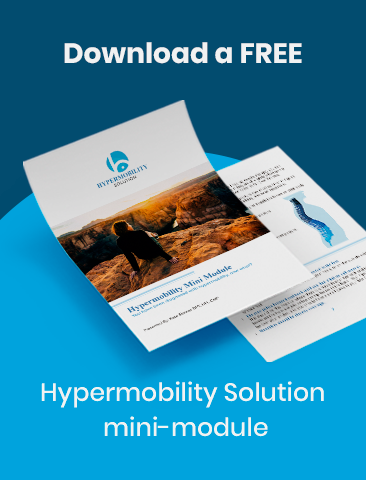
About Kate

Kate Skinner is a Doctor in Physical Therapy, co-founder of Great Divide Physical Therapy, and creator of Hypermobility Solution.
Recent Posts


